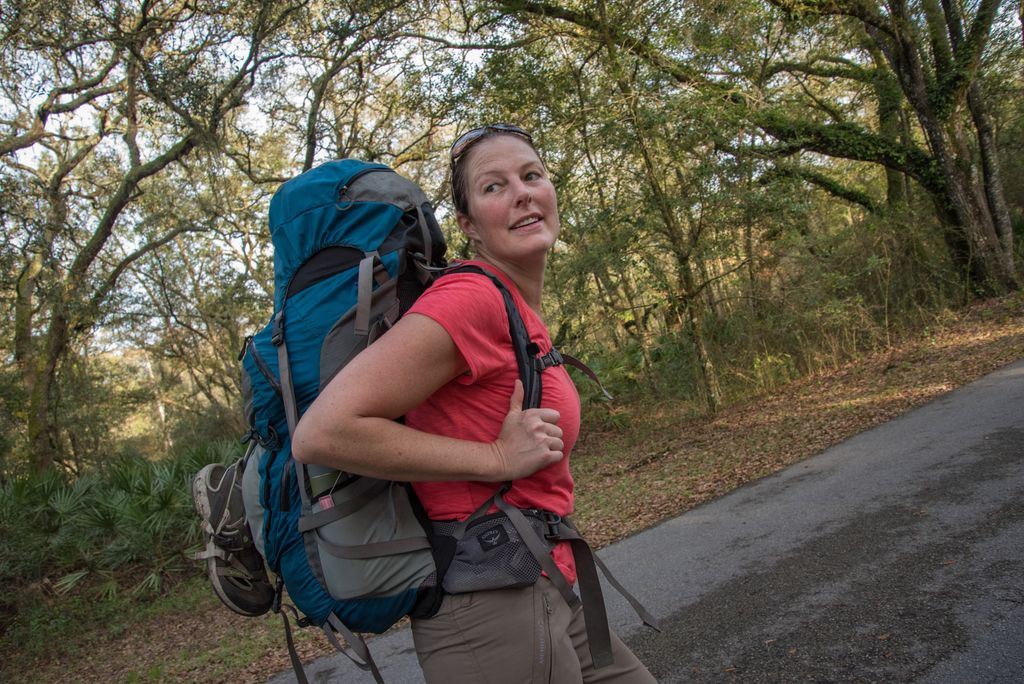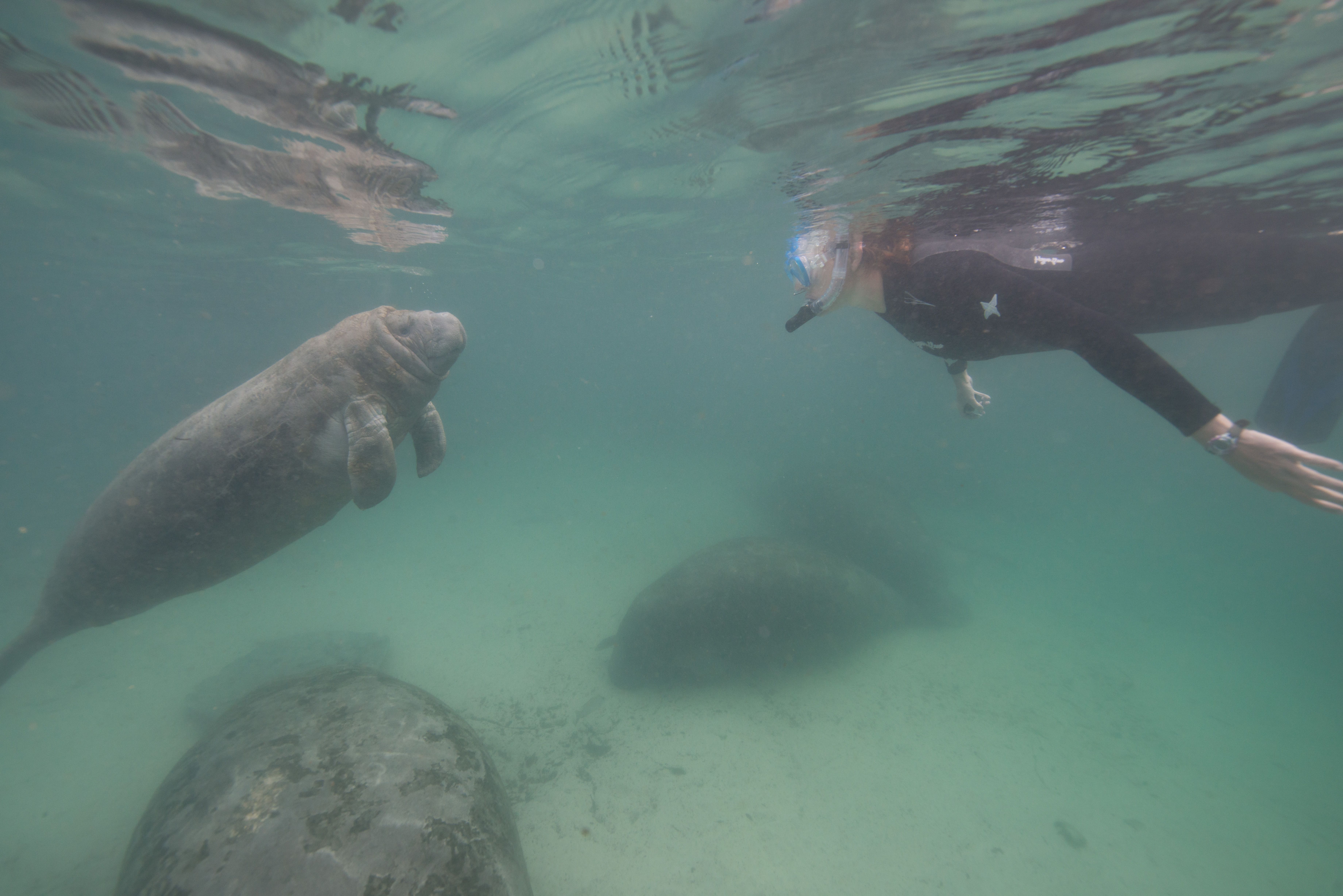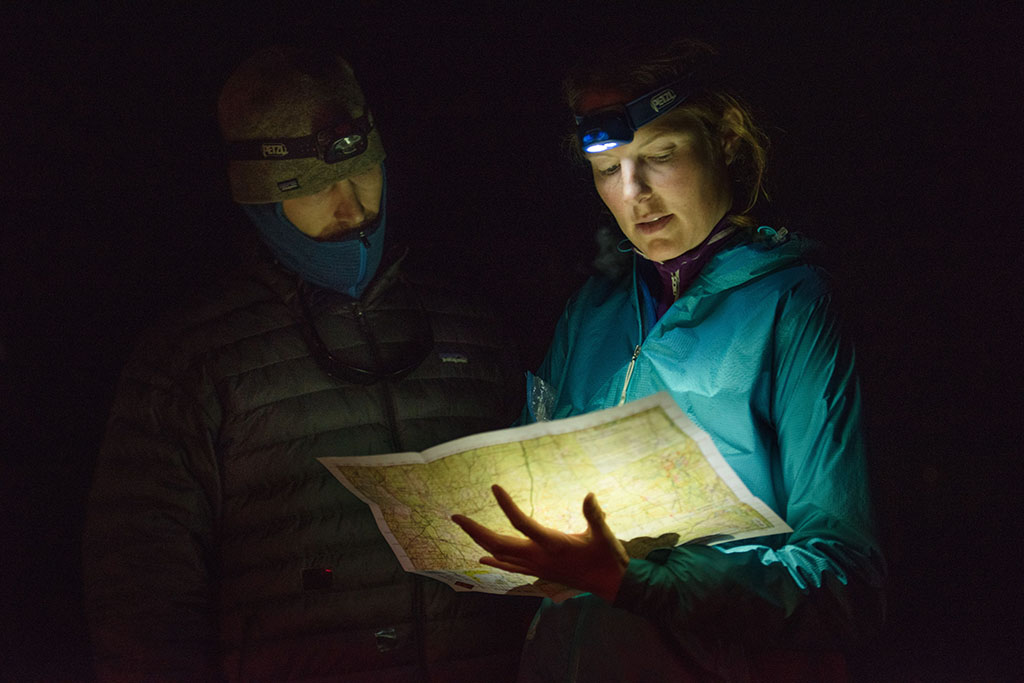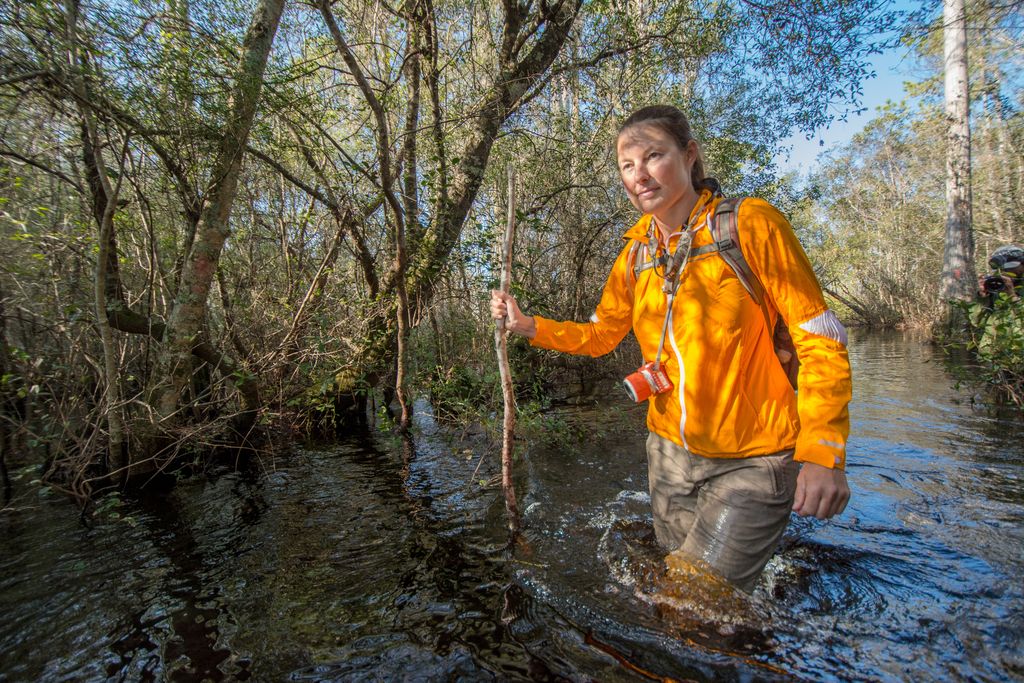Mallory Dimmitt is on a Mission to Protect Florida’s Wildlife — and Way of Life
The new CEO of the Florida Wildlife Corridor Foundation seeks to grow the Corridor’s protected lands.

When Mallory Dimmitt was a kid, she went swimming with the manatees in Florida’s Crystal River, and she stayed in the water so long, her lips turned blue. Everyone else was out of the water, but Mallory stayed in, enamored with the giant sea cows.
It’s one moment in a lifetime spent celebrating and appreciating Florida’s diverse ecosystems. Today, Mallory is CEO of the Florida Wildlife Corridor Foundation, a role that puts her skills and experience to work protecting the Sunshine State’s flora and fauna. She’s working now to get the 18-million-acre Florida Wildlife Corridor conserved.
Mallory answered five questions about her plans for the Corridor, her favorite spots in Florida, and more.
What led you to the Florida Wildlife Corridor Foundation, first as a board member and now as CEO?
My entire career has been in conservation and, specifically, landscape-scale conservation, where we work on a connected and contiguous landscape to protect whole ecosystem processes.
I’m especially interested in the nexus of conservation and agriculture, which is fitting for the Foundation’s work right now. The remaining unprotected pieces of the Florida Wildlife Corridor are primarily working lands — ranches, forestry operations, croplands, or working waterfronts. I like that working with landowners and rural economies is all part of the job.
I was motivated to take the position because of the incredible momentum the Florida Wildlife Corridor has right now. The passing of the Florida Wildlife Corridor Act last year was a huge signal of bipartisan support for the Corridor. I’ve always bought in and been inspired by this big ambitious vision of the Florida Wildlife Corridor. I think this next decade is a critical opportunity and the best we’ve had so far to protect more lands within it.
I’ve always bought in and been inspired by this big ambitious vision of the Florida Wildlife Corridor. I think this next decade is a critical opportunity and the best we’ve had so far to protect more lands within it.
My goals are to protect as much of the Florida Wildlife Corridor as we can as quickly as we can, while the biodiversity opportunity is still there, in the most cost-efficient way possible.

You grew up in Florida. How has the state changed since your childhood?
It’s grown so much. People continue to move here for all the reasons Florida is beloved. Weather used to be the major driver, but now it’s our economy and the opportunity to start or relocate businesses that are driving a lot of migration into the state.
There’s a lot of exciting things happening with that growth — the state has become more culturally rich — but it’s also led to sprawl and loss of natural areas. If you return to a piece of Florida after being gone for a few years, you will see many parts of the landscape converted to housing or other forms of development.
We’re trying to get people to understand that cascading effect of growth and find opportunities to plan smarter development, with less environmental impact.
How do you approach your conversations with owners of working lands in the Corridor?
I normally start with finding common ground. A lot of times, that common ground is love for a place, hearing their experience with the land and what drew them to the land itself. I then try to understand their desires for the future.
A lot of times, that common ground is love for a place, hearing their experience with the land and what drew them to the land itself.
It’s voluntary conservation. We talk about ways they can continue to operate on the land — whether it’s a farm, a ranch, or a citrus grove — to participate in saving parts of the Corridor and sustaining it for the next generation.

How do you approach balancing economic growth and environmental conservation?
The Florida Wildlife Corridor is a great answer to that question. It provides a large-scale, almost architectural model-type plan on how the two things can coexist. Protecting Florida’s wildlife and protecting Florida’s ways of life go hand in hand.
We know that we can continue to accommodate economic growth in the state, but we have to do a better job at directing it. With the Corridor vision, we can prioritize protection of places that are inappropriate for development.
Environmental protection coupled with smart growth in our urban areas helps make Florida more vibrant and economically sustainable in the long run. It’s about strong cities and protecting our rural economies.
What are some of your favorite spots in the corridor?
Oh, my goodness, so many! I love the Green Swamp. It’s not too far from the Tampa Bay area where I live. It sounds like an intimidating place, but it’s great for backpacking, hiking, biking, and paddling
And I love the coast, especially Florida’s lesser-known coasts and the rivers that lead out to the Gulf of Mexico. I especially like paddling trips that transition from spring-fed rivers all the way down to the Gulf of Mexico. Those cover each of my happy zones.


